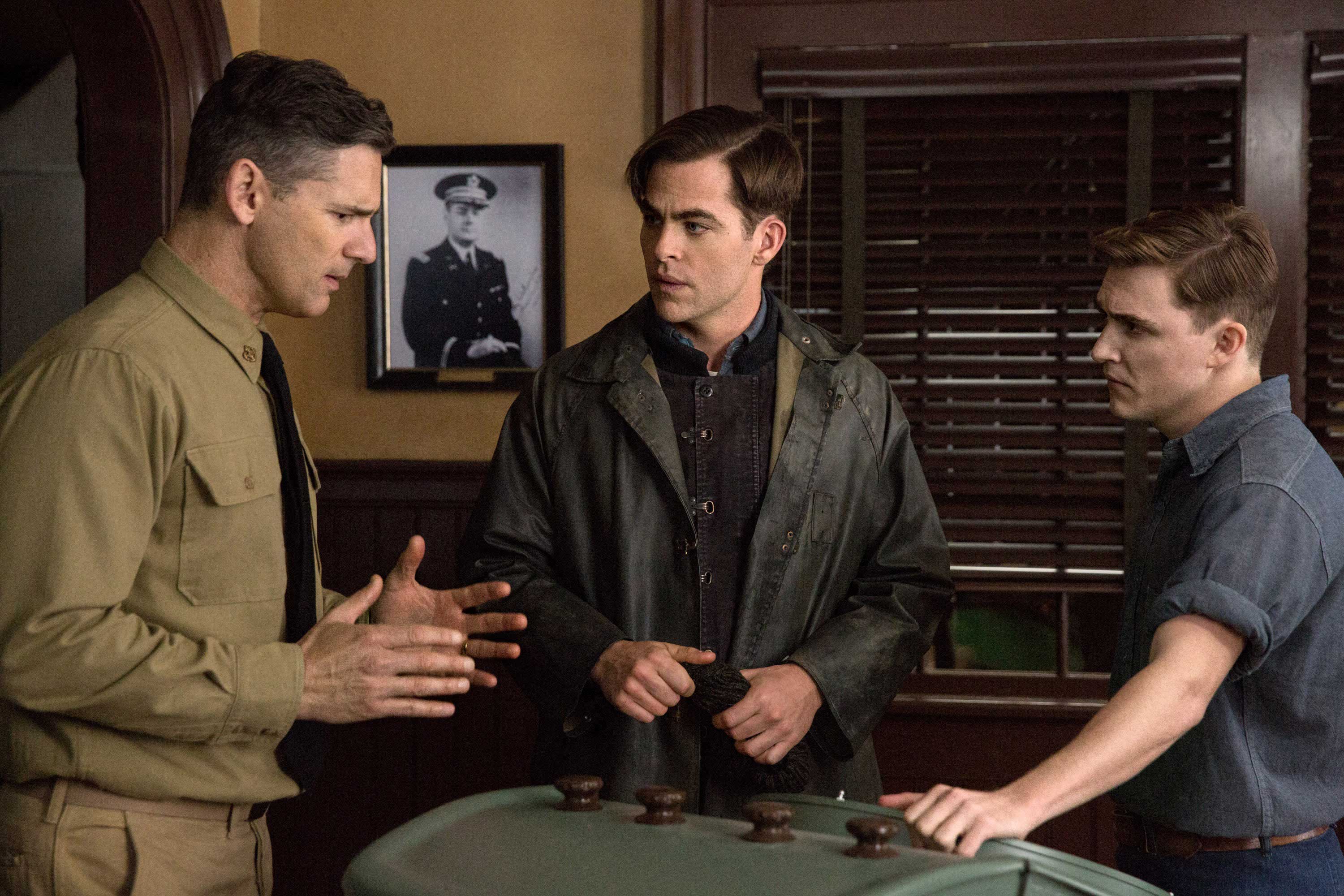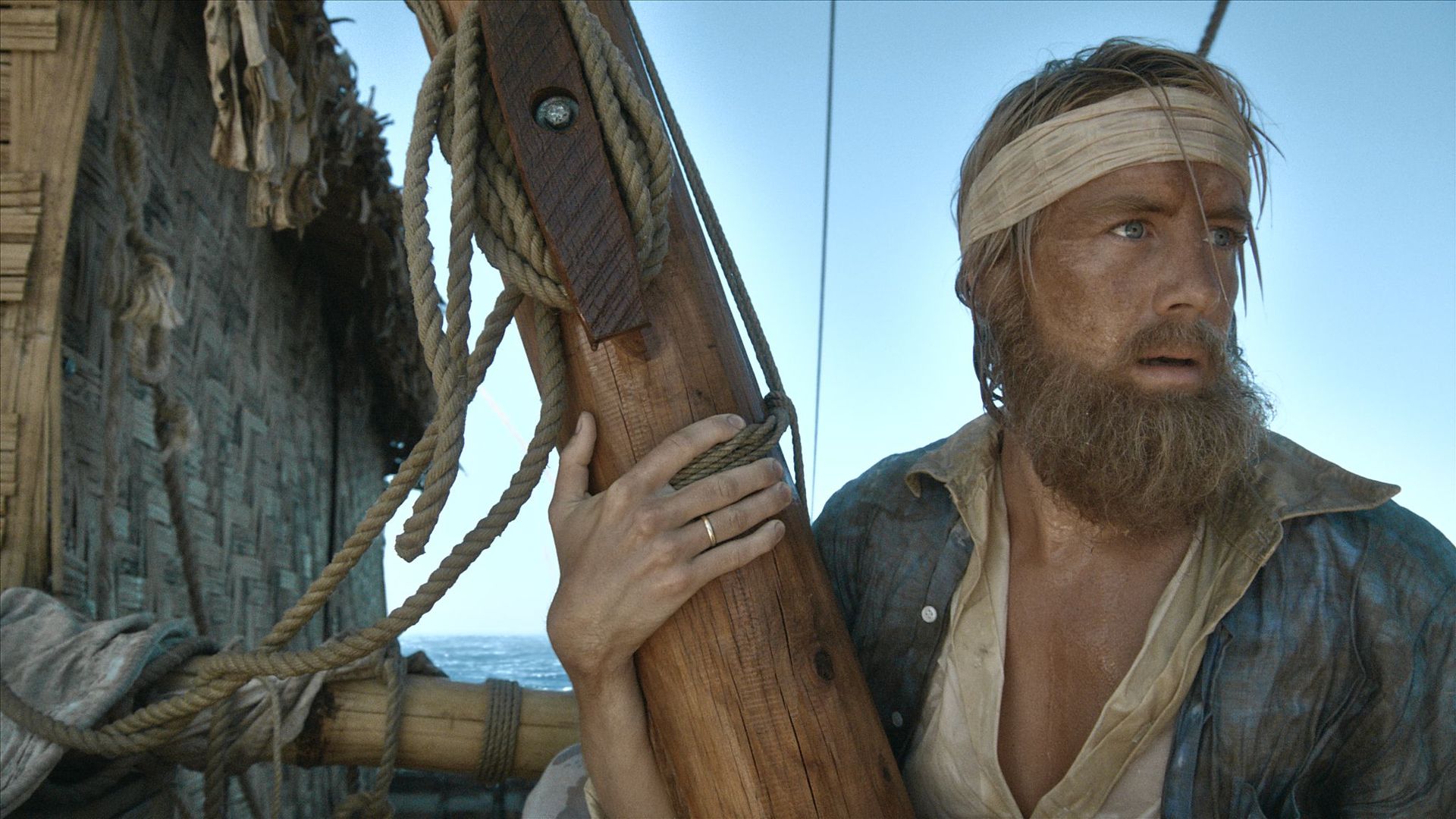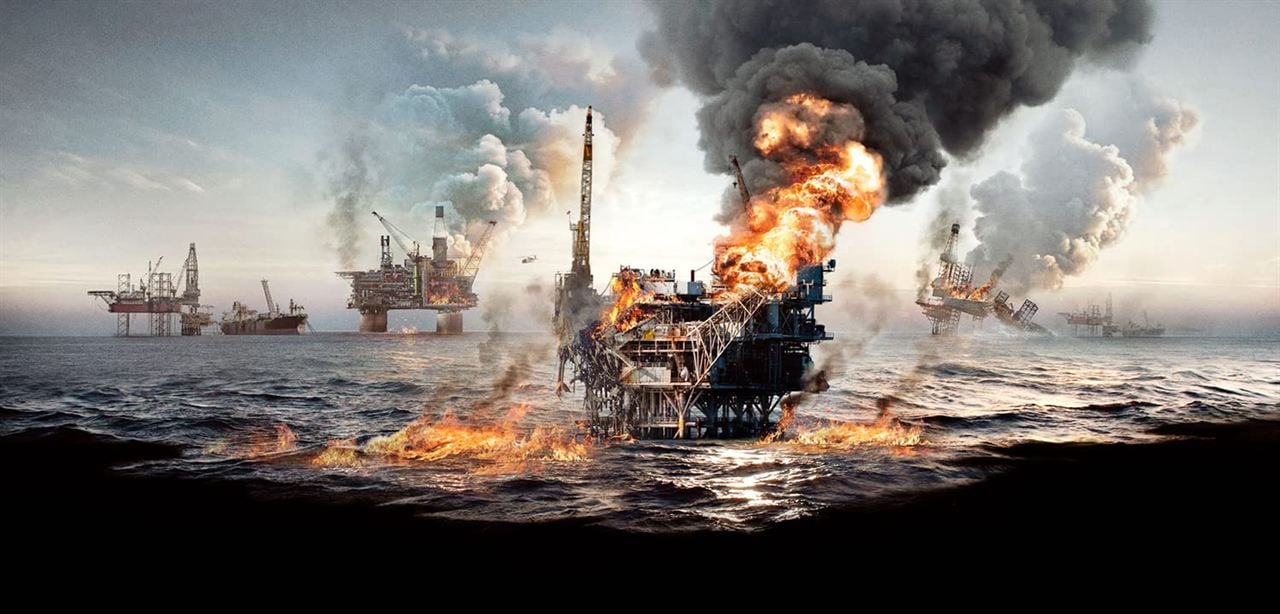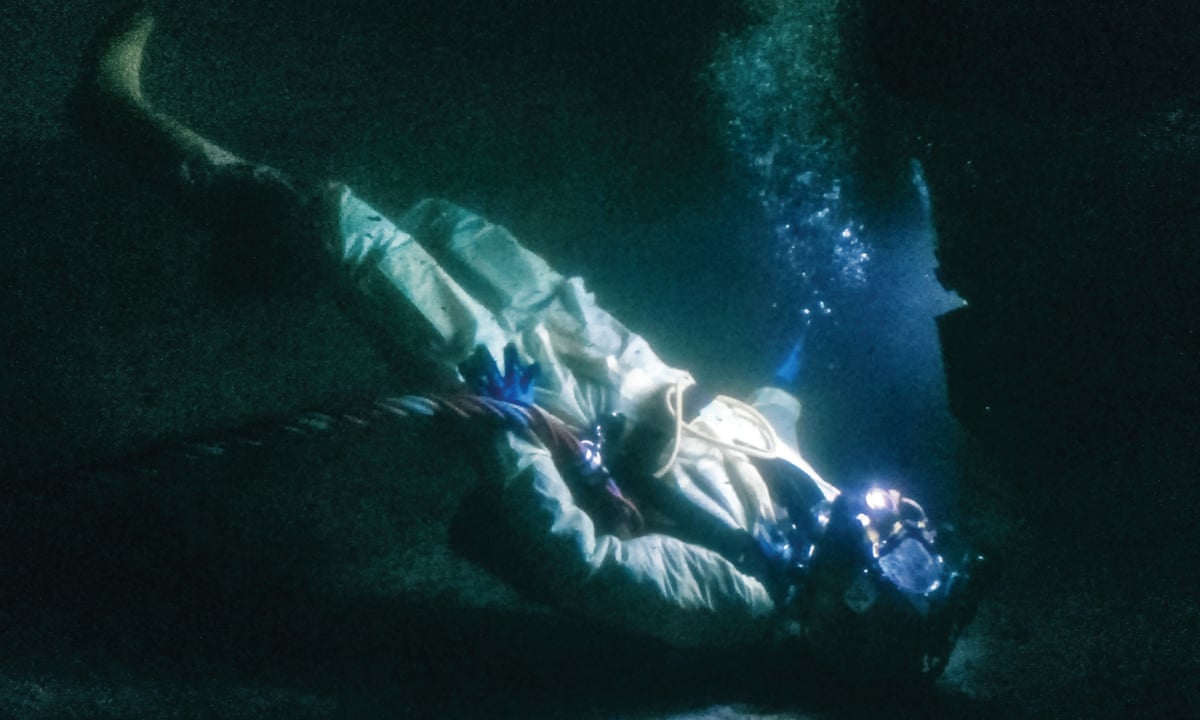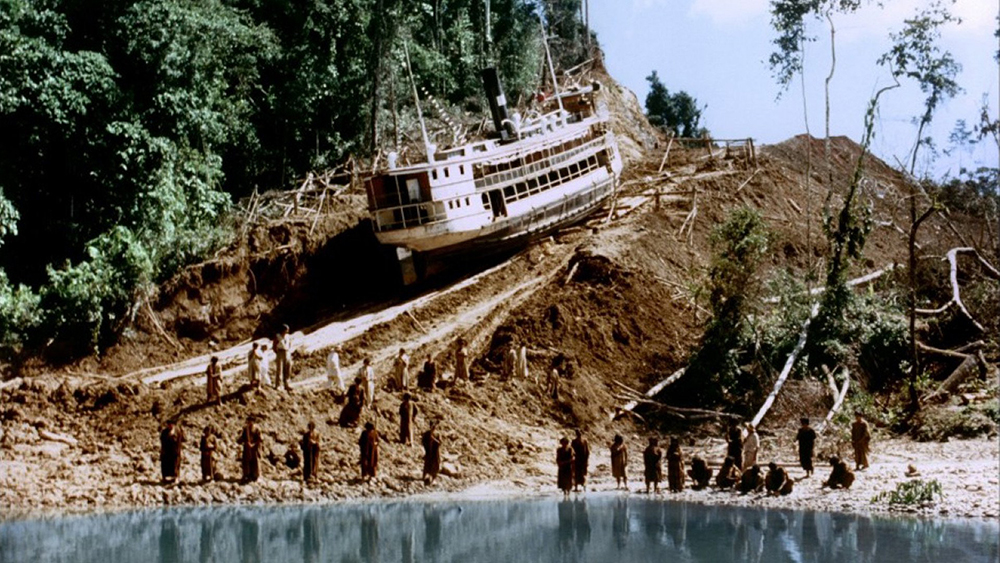Those depictions on the silver screen will delight you if you have a penchant for staggering oceans, choppy waves, and reckless sailors. It’s impossible to mention all the beauties of cinema yet here are the second half of some of the greatest maritime adventures.
Longitude
In two interconnected tales, the marine chronometer was created in the 18th century by clockmaker John Harrison for safe maritime navigation, and in the 20th century, horologist Rupert Gould became fixated on restoring it.
In Longitude, the fundamental dispute is around the “longitude problem,” which has troubled mariners for millennia. It was an enormous task to determine a ship’s east-west position at sea, which resulted in infinite shipwrecks and fatalities.
Who’s not in the cast? Michael Gambon who portrayed John Harrison, endless charisma Jeremy Irons, and great actor Brian Cox who also portrayed Logan Roy in the HBO drama Succession.
U-571
Year 1942. U-boats are destroying Allied ships in the Atlantic and heading for the east coast of the United States. Since the U-boats’ radio frequencies cannot be broken, the S-33 crew is sent on a special mission. The S-33 crew embarks on a dangerous adventure to capture the German radio encryption device Enigma. Their plan was to infiltrate a German ship disguised as a German and steal the Enigma, but they would have to do it in very dangerous waters.
Featuring a fantastic ensemble cast at the helm, U-571 vividly depicts the dramatic drama of submarine warfare. As Lieutenant Andrew Tyler, Matthew McConaughey takes the lead with a performance that combines charm and toughness. He is the ideal leader for a movie because of his character’s unrelenting desire to outsmart the adversary. In order to complete the crew of the American submarine, the supporting cast, which includes Bill Paxton, Harvey Keitel, and Jon Bon Jovi, adds depth to the narrative and captures the camaraderie and tension that characterized life onboard a submarine during wartime.
The Finest Hours
A violent storm off the American East Coast rips an oil ship in half off Cape Cod in 1952. The crew’s desperate request for assistance is heard by the Coast Guard, and despite the challenging weather, a Coast Guard cutter sets out to organize a rescue mission. What’s left of the ship will soon sink. The crew struggles to survive while battling the storm and one another.
Chris Pine, playing Bernie Webber, the Coast Guard officer in charge of the risky rescue operation, leads The Finest Hour with a powerful and emotionally stirring performance.
Furthermore, as parallel to its name, the intriguing and exhilarating movie The Finest Hour conveys an encouraging message. It serves as a reminder that even in our most trying times, there are people who rise to the challenge and personify the finest qualities of humanity.
Moby Dick

26September2023-MaritimeFilms2-Zeymarine
More than a mere motion picture, Moby Dick is a maritime tale that explores the darkest corners of the human brain. It is still regarded as a timeless classic of cinematic storytelling thanks to its brilliant cast, strong performances, and thought-provoking topics.
Gregory Peck, who plays Captain Ahab, turns in a magnificent performance in the film. The essence of Melville’s multifaceted character can be found in his imposing presence, troubled manner, and everlasting preoccupation with the big white whale, Moby Dick. Starring Orson Welles as Father Mapple and Richard Basehart as Ishmael, the ensemble cast creates a team that brilliantly navigates the choppy waters of obsession and retaliation.
Its ageless examination of the human condition is what makes Moby Dick stand the test of time. The crew’s steadfast loyalty and dread, as well as Ahab’s obsessive pursuit, show the extremes of human emotion. It serves as a sobering warning about the destructive potential of obsession and the cost associated with letting it consume one.
Kon Tiki
The amazing book of the same name written by Thor Heyerdahl himself serves as the inspiration for the tale of Kon-Tiki. Long before it was adapted for the big screen, readers were enthralled by this amazing story of a Norwegian ethnographer’s daring voyage across the Pacific Ocean on a balsa wood raft in an effort to support his idea about pre-Columbian South American migration to the Polynesian islands.
Heyerdahl’s theory that native South Americans were the first people to occupy the Pacific islands was put to the test by this epic expedition. The crew of Kon-Tiki had at least established the viability of this notion by colliding with a reef in the Tuamotu Archipelago after 101 days at sea.
In reality, though audacious and daring, the scientific community has harshly attacked and generally disproved Thor Heyerdahl’s Kon-Tiki idea. According to the Kon-Tiki theory, South Americans could have colonized the Polynesian islands by rafting across the Pacific Ocean before the arrival of the Spanish conquistadors.
Nordsjøen
Offshore drilling began when the Norwegian government found one of the largest oil reserves in the North Sea in 1969. The effects on the ecosystem started to become apparent after 50 years. The ocean floor had developed a breach, which led to the rig collapsing. Submarine operator Sofia is one of a group of investigators who start looking for the missing and determining what caused the damage. The towers are evacuated as it is realized that an apocalypse is about to occur. Sofia must go into the water to save her dear buddy Stian who is stranded in the ocean’s depths.
A visual feast, The Nordsjoen captures the untamed grandeur of Norway’s western coast, with its recognizable fjords, towering cliffs, and crystal-clear waters. The ever-shifting emotions of this region, from quiet tranquillity to wild tempestuousness.
Sarmaşık
The owner of a ship sailing to Africa, the shipowner, goes bankrupt and 6 members of the crew have to stay on board. Due to the law of the sea, they have to stay on board and cannot move anywhere. The crew of 5 sailors and a captain will engage in a hierarchical power struggle during this restless wait.
In the movie, the ruling class and the working class are described by reducing them to characters, a power that has lost its authority and the depressed people are described as those stranded on a ship that does not go.
Sarmaşık means ‘ivy’ in English. Leading actor Nadir Sarıbacak and director Tolga Karaçelik received many awards.
The Last Breath
The documentary tells the tale of a terrifying saturation diving catastrophe that occurred in 2012 when diver Chris Lemons‘ umbilical cord was severed and he was left stuck about 100 meters under the water with no heat or light and only the meagre supply of breathing gas in his backup tank.
The documentary uses footage and audio captured at the scene on the divers’ body cameras and radios, along with interviews with a number of those involved and some reconstructed footage, to tell the accident’s narrative.
Yasemin Dalkilic: World’s Deepest Woman (2003)
The documentary is about the remarkable young Turkish freediver Yasemin Dalkilic. She had made a name for herself as the top freediver in her nation by the time she was 16 years old. Additionally, she already had more than six world records at the time the movie was released. In one of her interviews, Dalkilic claimed that the urge to dive had always been present and had just gotten stronger over time. And this movie highlights her tenacity and all the hard work that went into getting where she is now.
Dalkılıç is a diving phenomenon with all the records set.
Yasemin’s first record was 68 meters in 1999 in the Material Supported Fixed Weight Freediving category. In this category, the athlete dives with a pallet, does not use a rope and comes up with the weight she dives with. It is the oldest and most popular branch of freediving. Dalkilic set two more world records in 2000, 100 meters in Limited Variable Weight Freediving and 120 meters in Unlimited Variable Weight Freediving. In Limited Variable Weight Freediving, the athlete leaves the diving weight at the bottom and ascends by climbing fins or rope. In unlimited variable weight, the dive is the same, but the ascent is made by means of a balloon.
Bonus:
Fitzcaraldo
Perhaps Fitzcarraldo isn’t the first movie that springs to mind when discussing maritime movies. However, the 1982 masterpiece by Werner Herzog is a maritime movie unlike any other. It depicts a ship that is running on land.
Fitzcarraldo is a maritime movie at its core, even though it may not feature conventional seagoing vessels. The tale’s protagonist is Brian Sweeney Fitzgerald, aka Fitzcarraldo (played by the legendary actor and ‘troublemaker’ Klaus Kinski), a man with a single-minded obsession: to build an opera theater deep into the Amazon rainforest. Fitzcarraldo devises a scheme to transfer a big steamer over a mountain to reach a more navigable river, the Pachitea, in order to realize this bold aim.
The process of making the movie is as fascinating as the movie itself.
The documentary called Burden of Dreams details the film’s problematic creation. Things turned ugly when Herzog ordered his crew to manually pull the 320-ton steamer up an incline. Jason Robards, the movie’s initial star, fell ill midway through filming, so Herzog hired Kinski, with whom he had previously quarrelled violently in previous films. Their fourth partnership in a movie didn’t fare much better. When filming was almost finished, the head of the Machiguenga tribe, whose members were frequently utilized as extras, even asked Herzog if they should kill Kinski for him. Herzog declined, fortunately.




